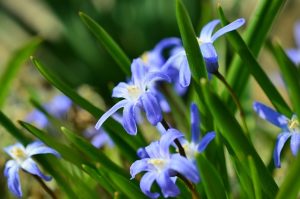In this guide, we’re going to dig into the best practices for planting dahlias, exploring various factors like soil requirements, sunlight exposure, space considerations, and companion planting. By the end, you’ll be equipped with the knowledge to create a flourishing dahlia garden that truly dazzles.
Understanding Dahlia Basics
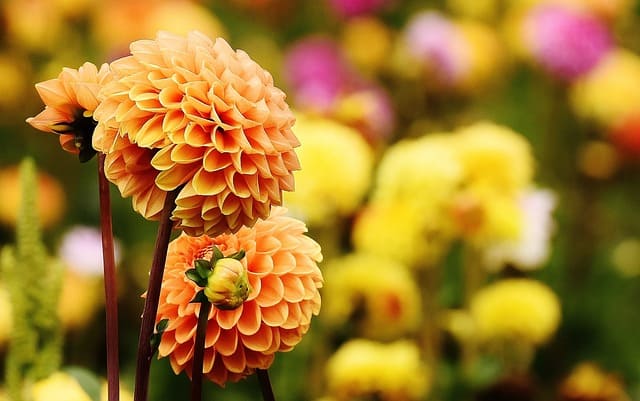
Before we dive into the specifics of where to plant dahlias, it’s important to understand a bit about these flowers. Dahlias are tuberous perennials that belong to the Asteraceae family. They thrive in USDA hardiness zones 3 through 10, which means they can grow in a variety of climates, but their specific growing conditions are critical to their success.
Choosing the Right Location
Sunlight Requirements
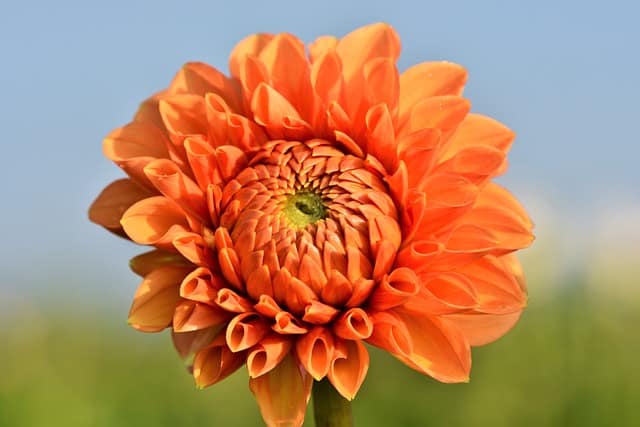
Dahlias flourish in full sun, which means they require at least six to eight hours of direct sunlight per day. Without enough sunlight, dahlias may become leggy, with fewer blooms and less vigorous growth.
Assessing Sun Exposure: When considering where to plant your dahlias, take a moment to observe your yard during different times of the day. Look for areas that receive ample sunlight and avoid shadowy spots caused by trees, buildings, or fences. A sunny southern or western exposure is typically ideal.
Microclimates: Sometimes, the best spots for planting aren’t immediately obvious, especially if your garden has unique microclimates. If you have areas that stay warm and protected from harsh winds, these could be excellent candidates for dahlia planting, even if they’re slightly shaded during some parts of the day.
Soil Conditions

The right soil is critical to the health and growth of dahlias. Ideally, you want well-draining soil that is rich in organic matter.
Soil Type: Dahlias prefer loamy soil enriched with compost, which helps retain moisture while allowing excess water to drain. Sandy soils can be beneficial, but they require regular amendments to maintain nutrient levels.
Testing the Soil: Before planting, consider testing your soil’s pH. Dahlias thrive in slightly acidic to neutral soil with a pH of about 6.0 to 7.0. If your soil is too alkaline or acid, you can amend it with lime or sulfur accordingly.
Drainage: Since dahlias can be prone to rot, it’s vital that the planted area drains well. Planting dahlias in raised beds or mounds can improve drainage and keep the tubers dry, preventing issues related to standing water.
Space Considerations
Planting Distances

Dahlias can get large and bushy, so proper spacing is crucial to ensure adequate airflow around the plants. This spacing prevents diseases and allows each plant to thrive.
Spacing Guidelines: Depending on the variety, you should plant dahlias at least 12 to 36 inches apart. Smaller varieties, like border dahlias, can be planted closer together, while larger varieties may need more space. Checking the specific variety’s growth habit will help you determine the optimal spacing.
Vertical Space: Consider the height of different dahlia varieties. Taller varieties may need staking or support, so plan to place them where they won’t be overshadowed by neighboring plants.
Companion Planting
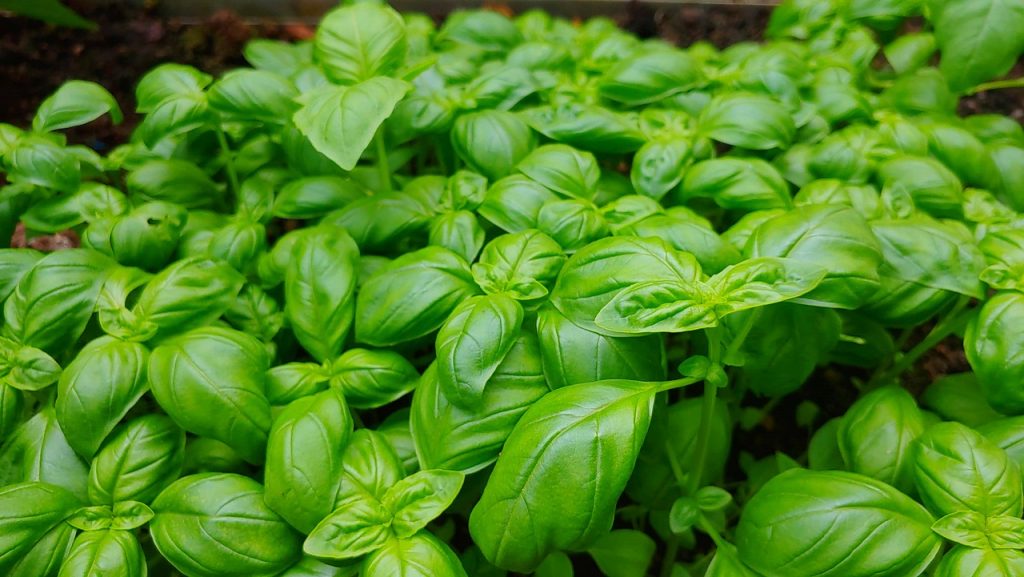
Choosing the right companions for your dahlias can enhance their growth and protect them from pests. Some plants can deter harmful insects, while others can help improve soil conditions or attract pollinators.
Beneficial Companions: Consider planting dahlias alongside basil, which can deter aphids and attract beneficial insects. Marigolds are also a classic companion, known for their ability to repel nematodes and other pests.
Avoiding Complications: While many plants can benefit dahlias, avoid planting them near plants that prefer similar moisture-rich conditions or that might compete for sunlight, such as tall sunflowers or aggressive groundcovers.
Seasonal Considerations
Planting Time
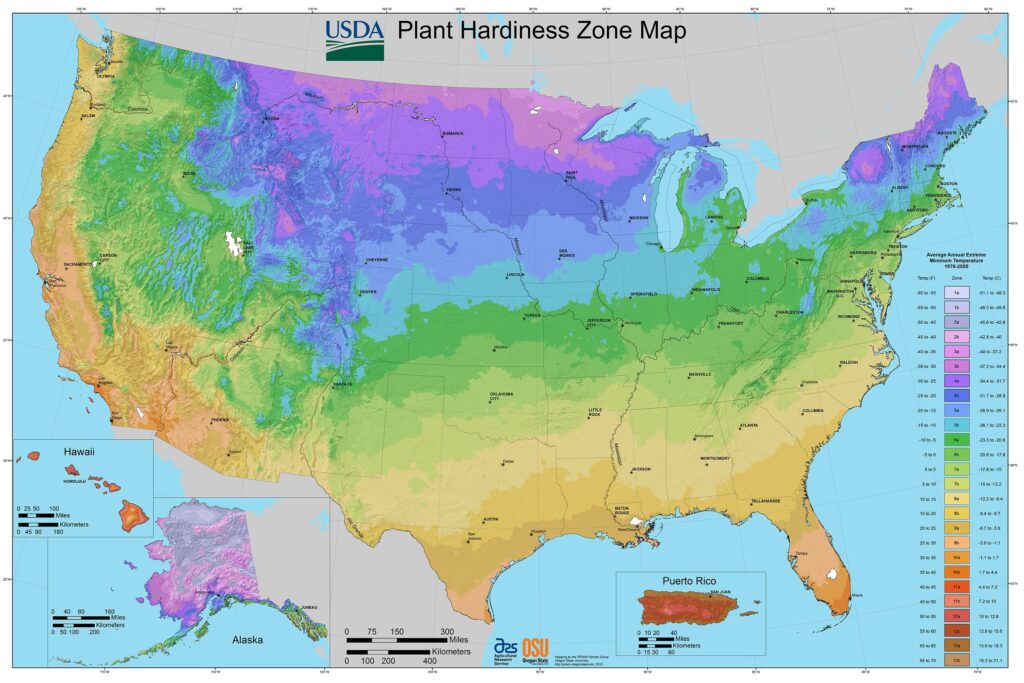
Timing is important when planting dahlias. Ideally, you should plant dahlias after the last frost date in your area, as they are sensitive to cold temperatures.
Monitoring Frost Dates: Use local climate resources or gardening calendars to identify the last frost dates in your region. In many areas, this can vary from late April to mid-June, depending on your specific zone.
Starting Indoors: If you live in a cooler climate, consider starting dahlia tubers indoors about four to six weeks before the last frost date. This strategy allows you to get a head start on the growing season and can lead to earlier blooms.
Seasonal Care
Once planted, dahlias require consistent care to flourish throughout the growing season.
Watering Practices: Dahlias prefer soil that is consistently moist but not waterlogged. Be vigilant about watering, particularly during dry spells. Deep watering allows roots to develop strong anchors into the soil.
Fertilization: Apply a balanced fertilization regimen. Use a low-nitrogen fertilizer to promote blooming and establish healthy growth. A fertilizer high in phosphorus is usually a good choice, especially during the early stages of flowering.
Troubleshooting Common Issues
Pests and Diseases
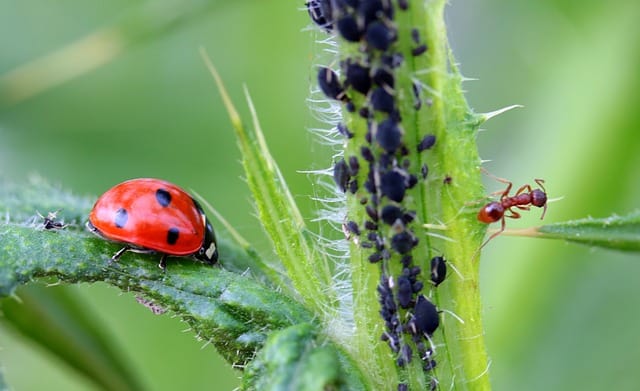
Dahlias, while relatively hardy, can be susceptible to various pests and diseases if not planted in the right conditions.
Common Pests: Watch out for aphids, slugs, thrips, and spider mites. Regularly inspecting your plants and maintaining good garden hygiene can help prevent infestations. Introduce beneficial insects, like ladybugs, to manage pest populations naturally.
Diseases: Blackened stems or wilting leaves might indicate fungal infections, which can thrive in areas with poor air circulation or excessive moisture. Preventive measures, such as proper spacing and watering practices, are essential for combating fungal diseases.
Weather Challenges
Extreme weather conditions can impact your dahlia plants significantly.
Wind Protection: If you live in a windy area, consider planting dahlias near a sturdy fence or using windbreaks to shield them from strong gusts. This precaution helps prevent damage to the tall stems.
Heat Stress: During particularly hot seasons, ensure your dahlias are adequately watered. Mulching around the plants can help retain soil moisture and keep the roots cool, preventing heat stress.
Creative Planting Ideas
Borders and Cut Flower Gardens
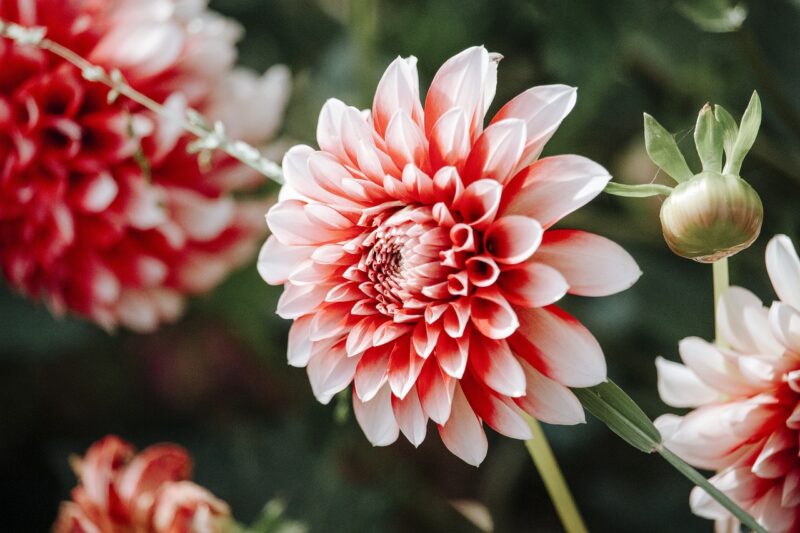
Dahlias shine not only in traditional garden beds but also in creative planting schemes.
Dahlia Borders: Use dahlias to create stunning borders. Their varied heights and colors make them perfect for edging pathways, walkways, or garden beds. By mixing various colors and sizes, you can create an eye-catching, layered effect.
Cut Flower Gardens: Dahlias are ideal for cutting gardens due to their long stems and vibrant blooms. Designate a section of your garden solely for cut flowers, ensuring that you plant enough dahlias to both enjoy in your garden and have for floristry.
Container Planting
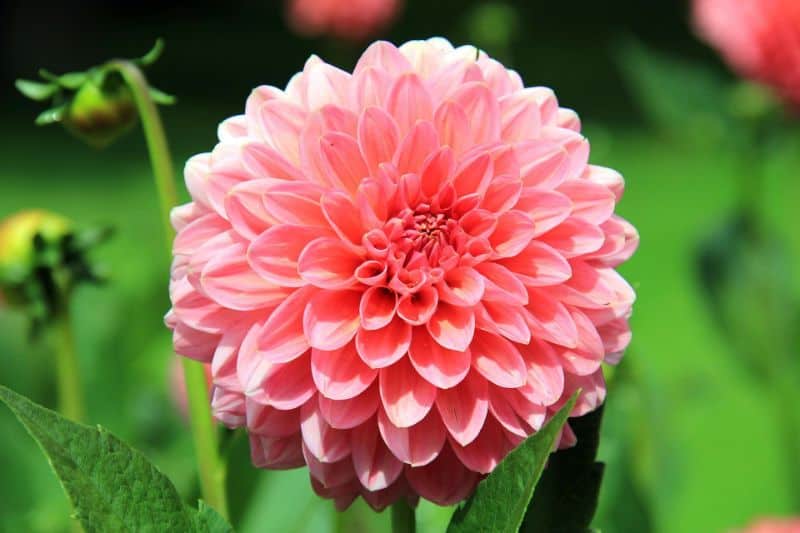
Many gardeners may not have extensive garden beds but can still enjoy dahlias through container gardening.
Selecting Containers: Choose large pots or containers with good drainage holes. Container planting allows you to control soil conditions and easily relocate plants to maximize sunlight exposure.
Mixing Varieties: In container settings, try mixing dahlia varieties with smaller annuals or perennials for a striking combination. Be mindful of each plant’s growth habits to ensure complementary growth.
Conclusion
In summary, planting dahlias is all about understanding their unique needs and crafting an environment that encourages their growth. By selecting the right location, soil conditions, and companion plants, along with giving careful consideration to seasonal changes, gardeners can enjoy these spectacular blooms from summer through autumn.




